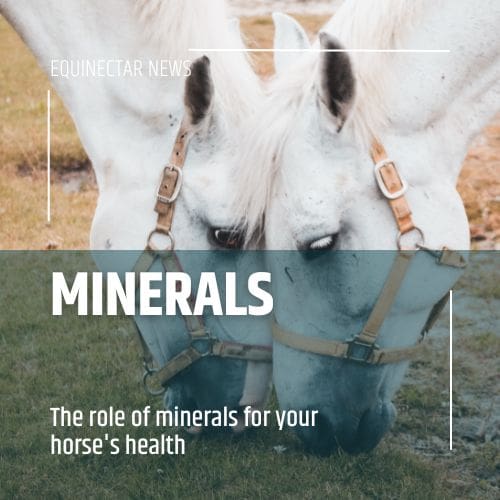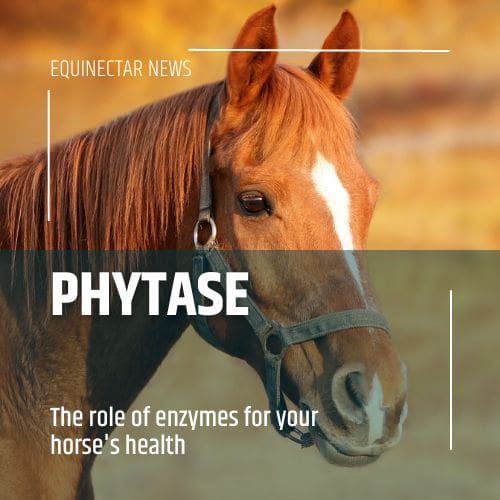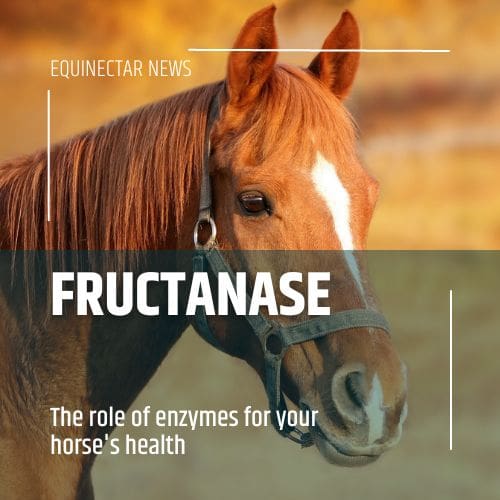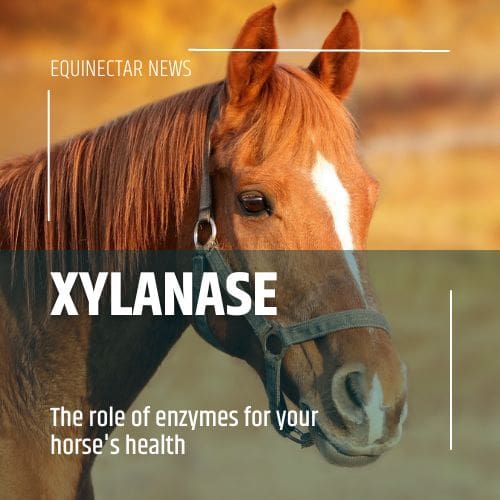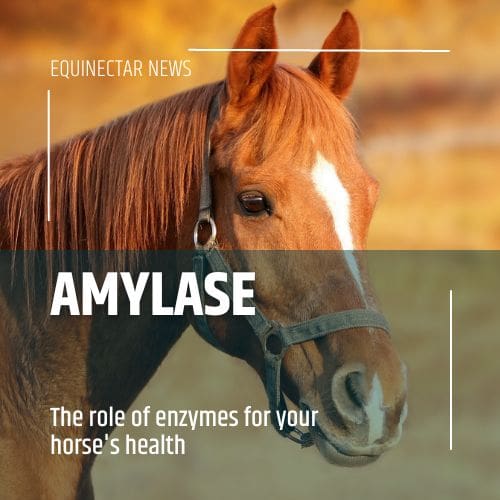Your horse health – minerals
Horses absorb most minerals from their intestines, with the small intestine being the primary site of absorption. After a horse ingests food, the minerals are broken down by the digestive process and then absorbed into the bloodstream through the walls of the small intestine. From there, the minerals are transported to various parts of the body where they are used for various functions
Your horse health – minerals Read More »

